Laser Engraving Features and Types
Laser Engraving Features
- The processing speed used in laser engraving is relatively high, while the processing power is relatively low.
- During laser engraving, air assist generally uses a low air flow setting.
- Compared to cutting and marking, additional parameters need to be set for laser engraving: DPI, filling method.
- The motion of the laser head during laser engraving is different. In the engraving process, the laser head will only move in a horizontal straight line from right to left (single direction mode), or reciprocate horizontally (bidirectional mode) with laser emission during linear motion.
Laser Engraving Types
Specifically, based on engraving depth and effect, laser engraving can be divided into shallow engraving, deep engraving, and relief engraving. Based on the laser emission area, it can be divided into recessed engraving and raised engraving. Based on the type of pattern used during engraving, it can be divided into vector engraving and image engraving.
These classifications intersect with each other. For example, the work shown below can be both a raised engraving and a deep engraving, as well as a vector engraving.
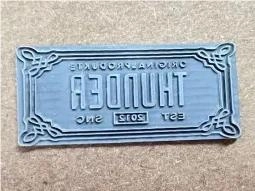
Shallow Engraving
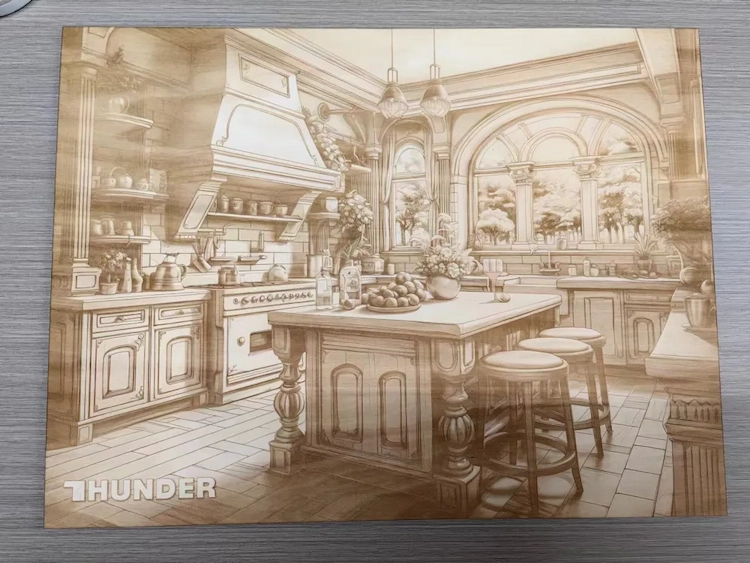
Deep Engraving
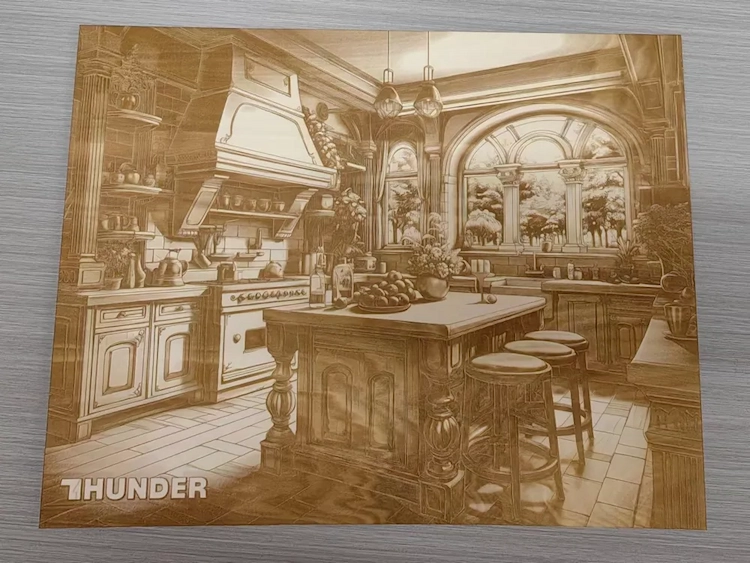
Relief Engraving
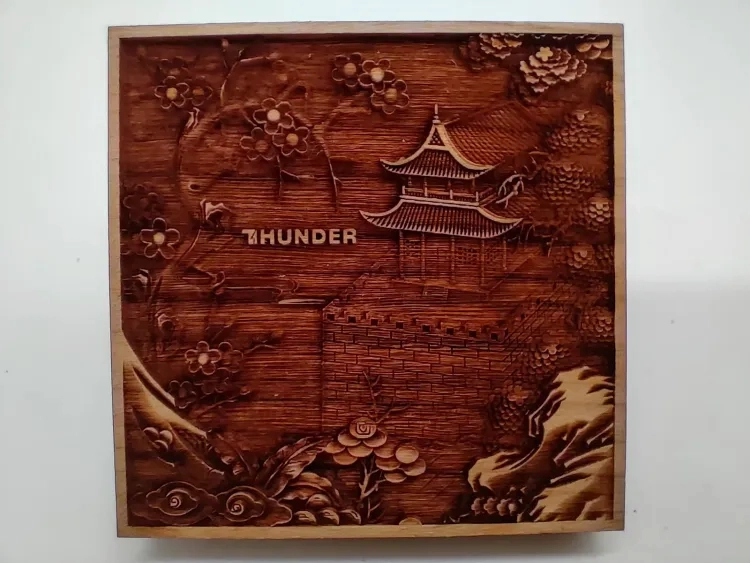
Recessed Engraving
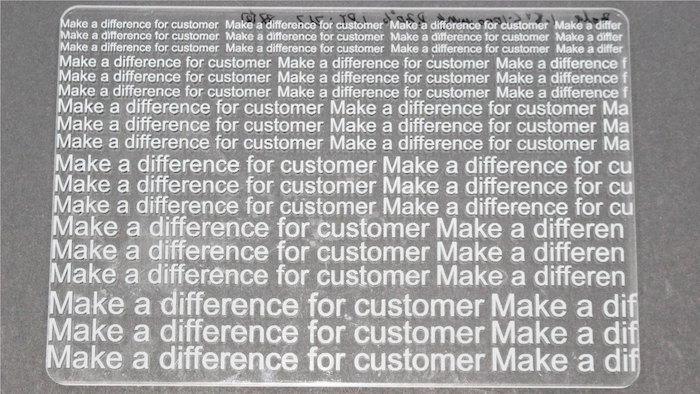
Raised Engraving
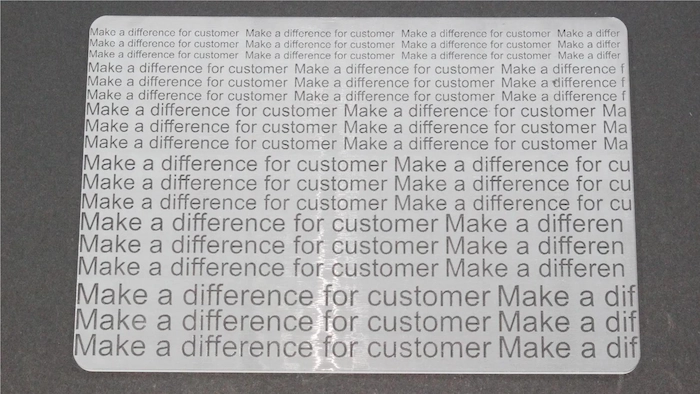
Vector Engraving
Photo Engraving
Photo engraving refers to engraving where the design file is a photograph. Not all photos are suitable for laser engraving, and randomly selecting a photo without screening and processing will likely result in poor engraving quality. To achieve a relatively good photo engraving effect, you first need to select a high-resolution photo with a clear subject and bright image. After selecting the photo, image processing needs to be performed, including but not limited to composition adjustment, exposure adjustment, color adjustment, and final sharpening.
Due to space limitations, the specific processing methods will not be elaborated here.
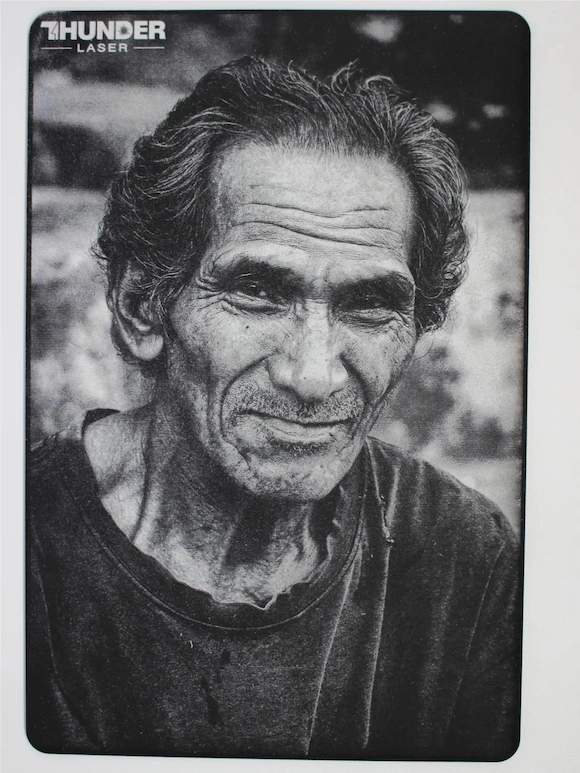

.png) International
International
 United States
United States
 Brasil
Brasil
 Canada
Canada
 Costa Rica
Costa Rica
 Česká
Česká
 Ελλάδα
Ελλάδα
 Polska
Polska
 Ireland
Ireland
 Portugal
Portugal
 Lietuva
Lietuva
 Россия
Россия Deutschland
Deutschland
 Britain
Britain
 Україна
Україна
 France
France
 Sverige
Sverige
 Italia
Italia
 Norway
Norway
 Denmark
Denmark
 Romania
Romania
 한국
한국
 中国
中国
 ประเทศไทย
ประเทศไทย
 中国香港
中国香港
 Israel
Israel
 中國臺灣
中國臺灣
 India
India
 پاکستان
پاکستان
 پශ්රී ලංකා
پශ්රී ලංකා
 ジャパン
ジャパン
 Australia
Australia
 New Zealand
New Zealand
 South Africa
South Africa